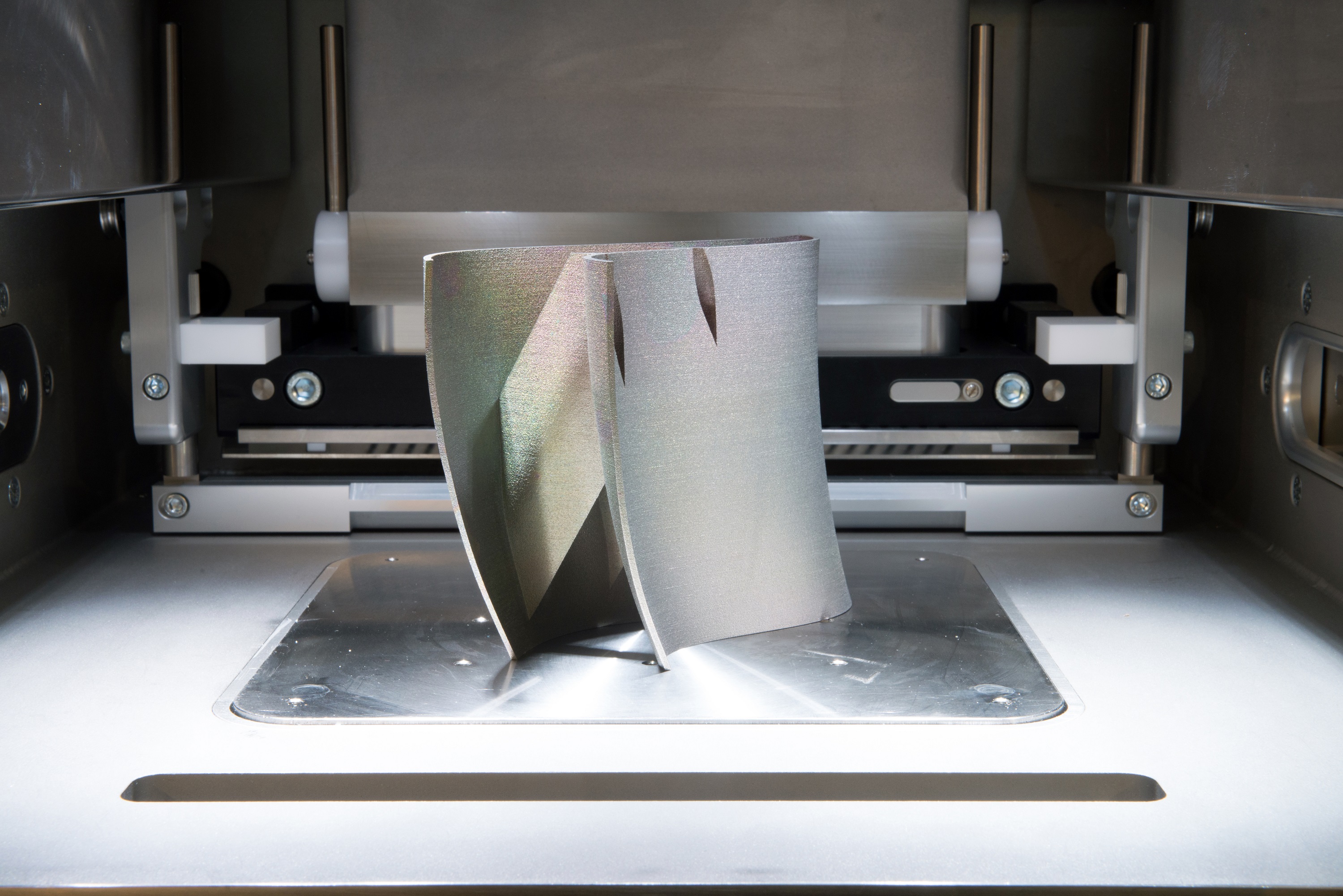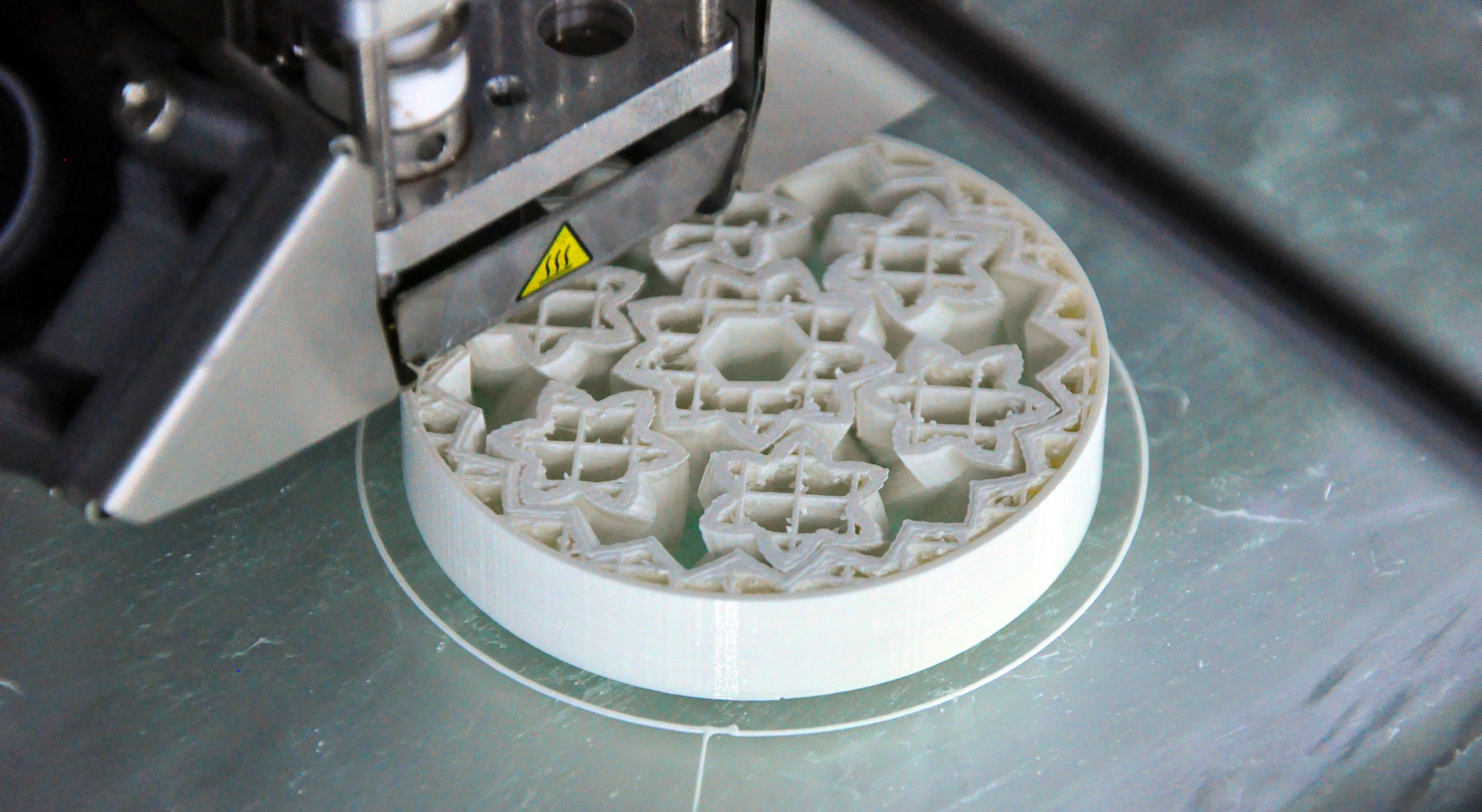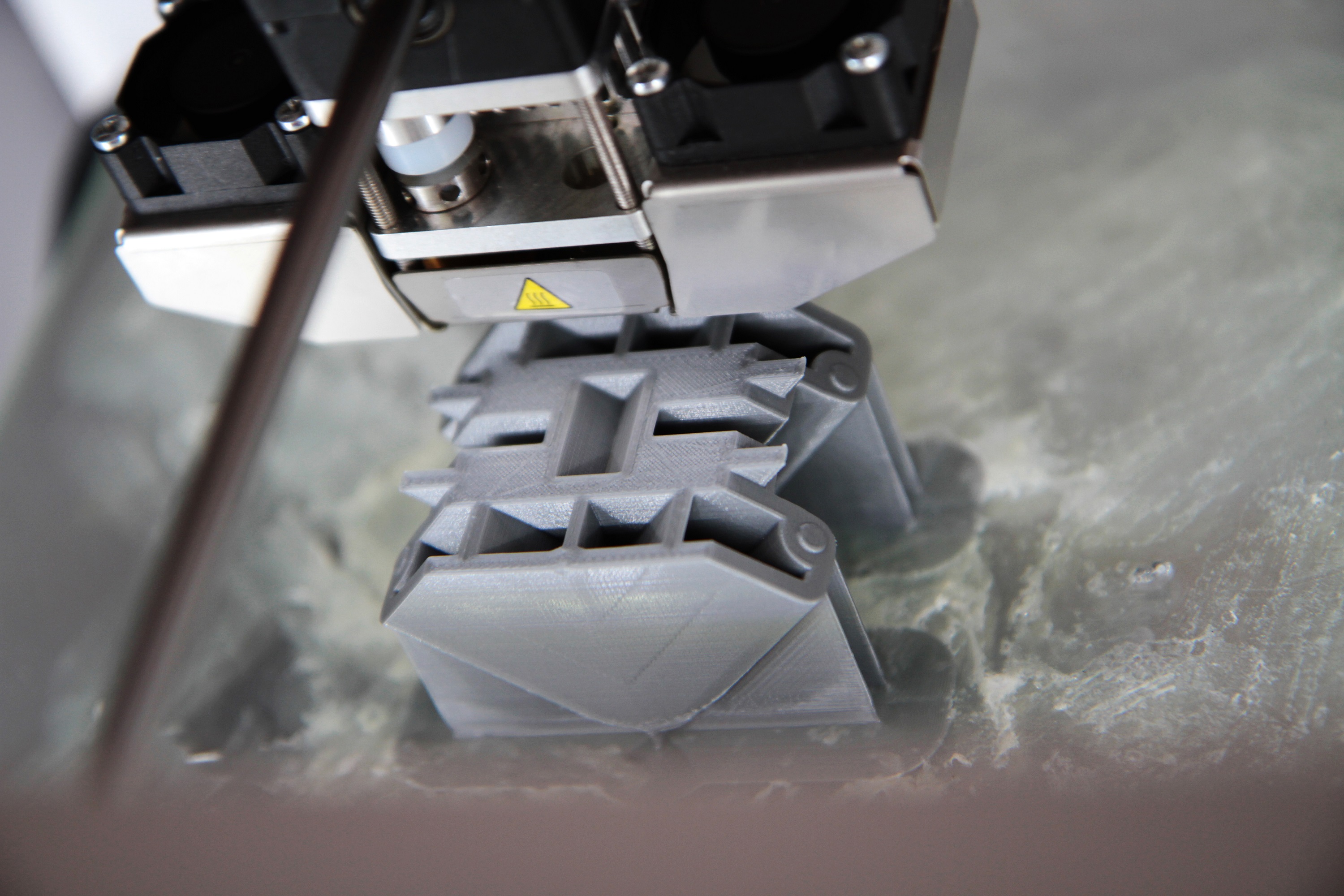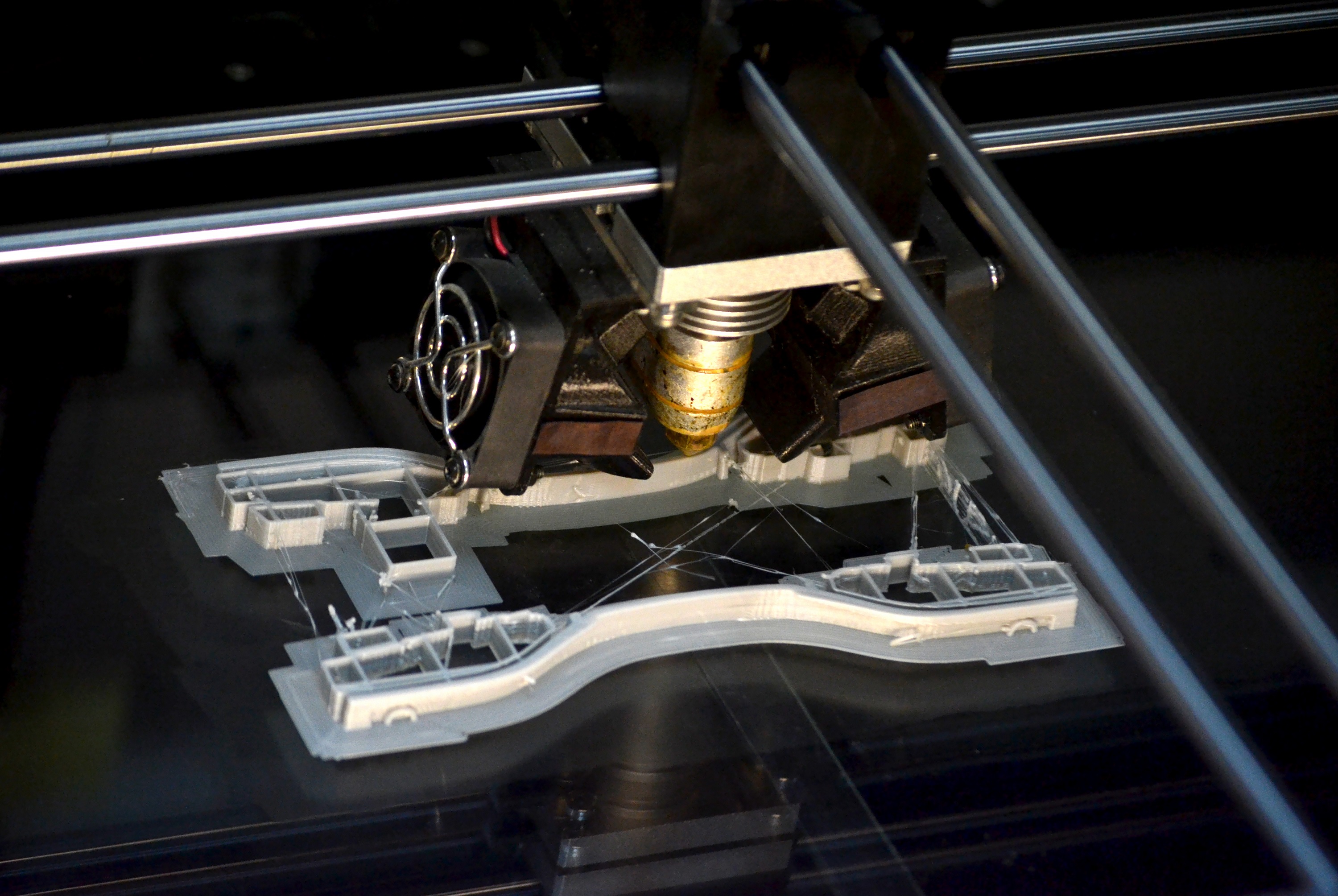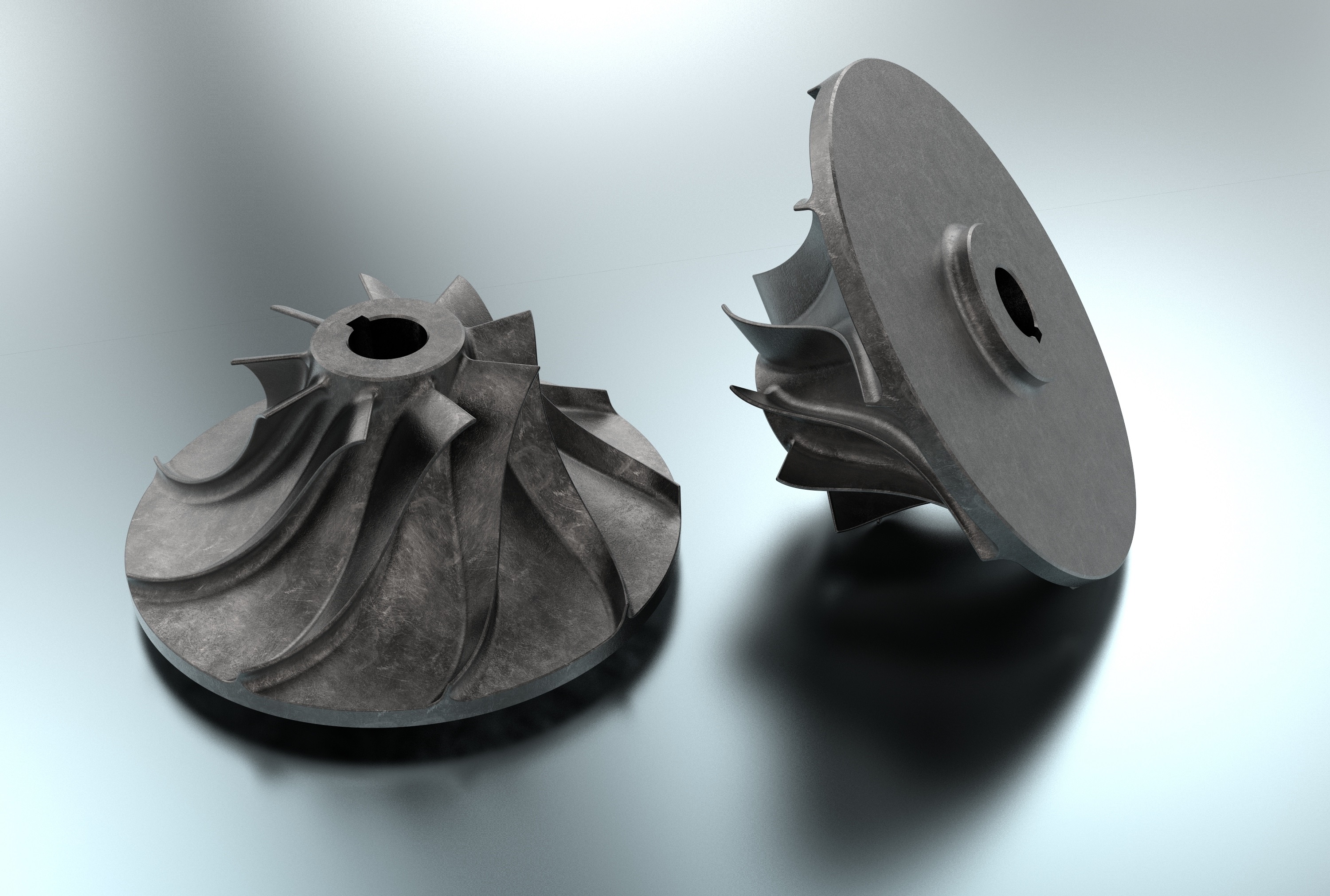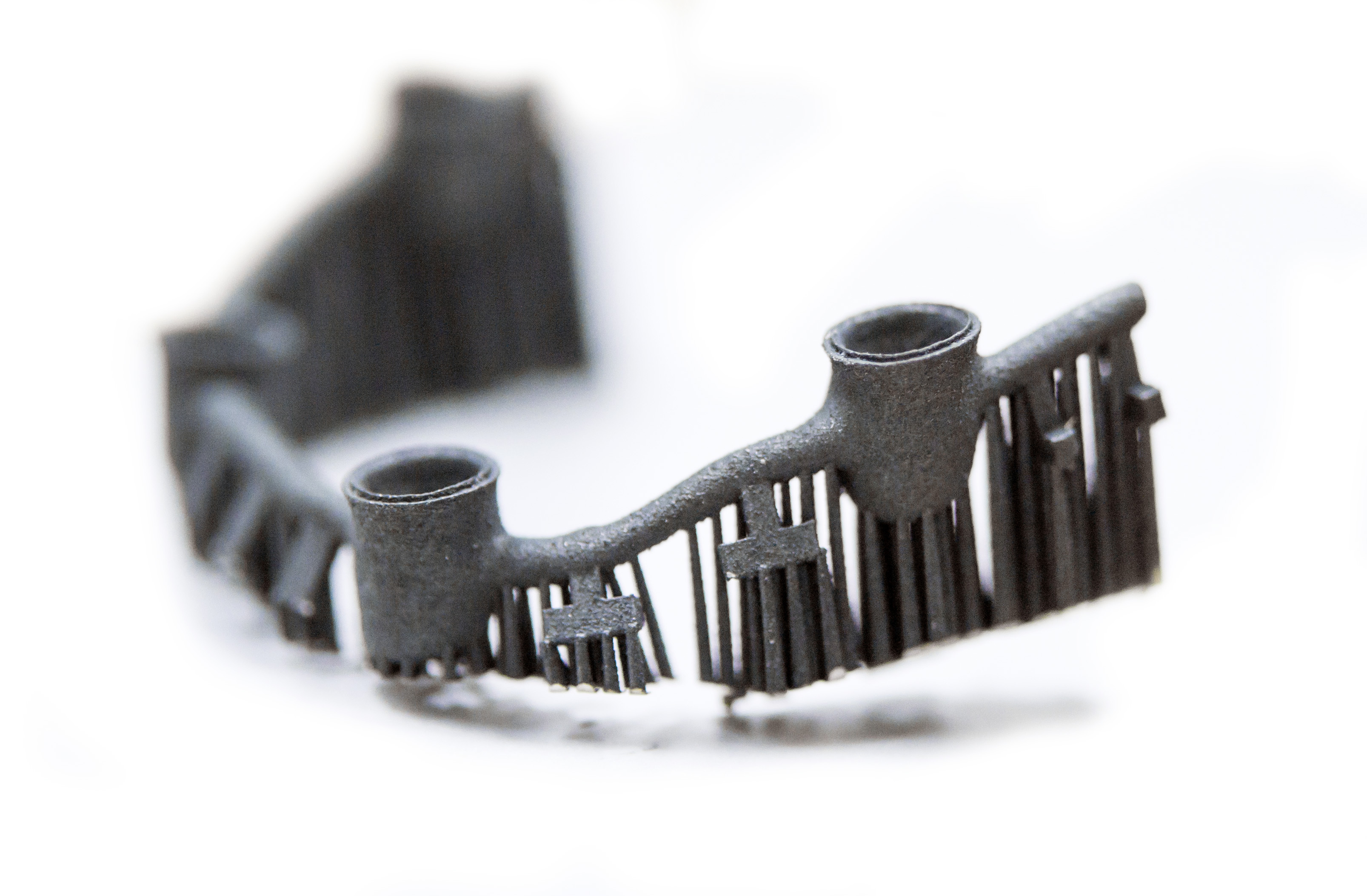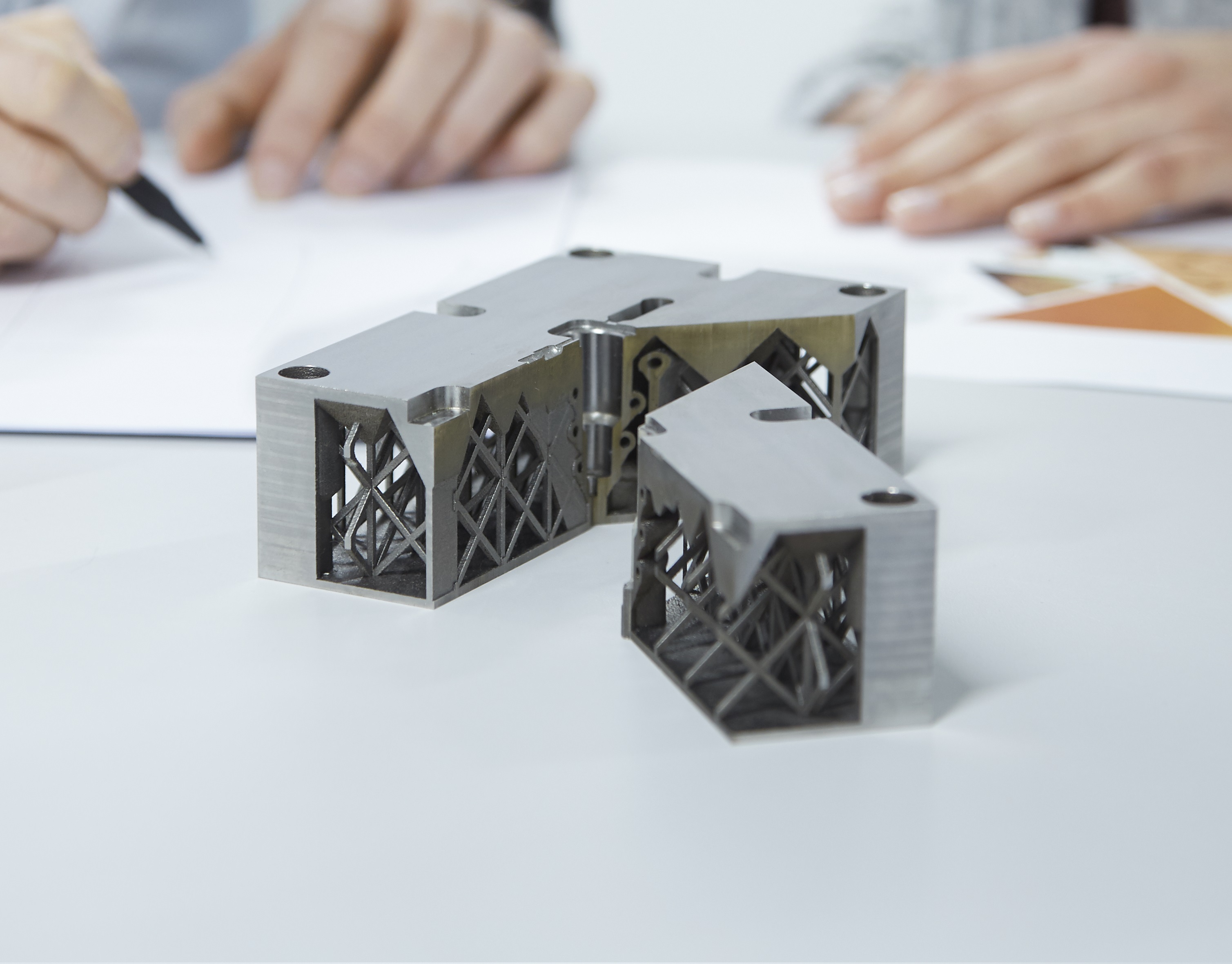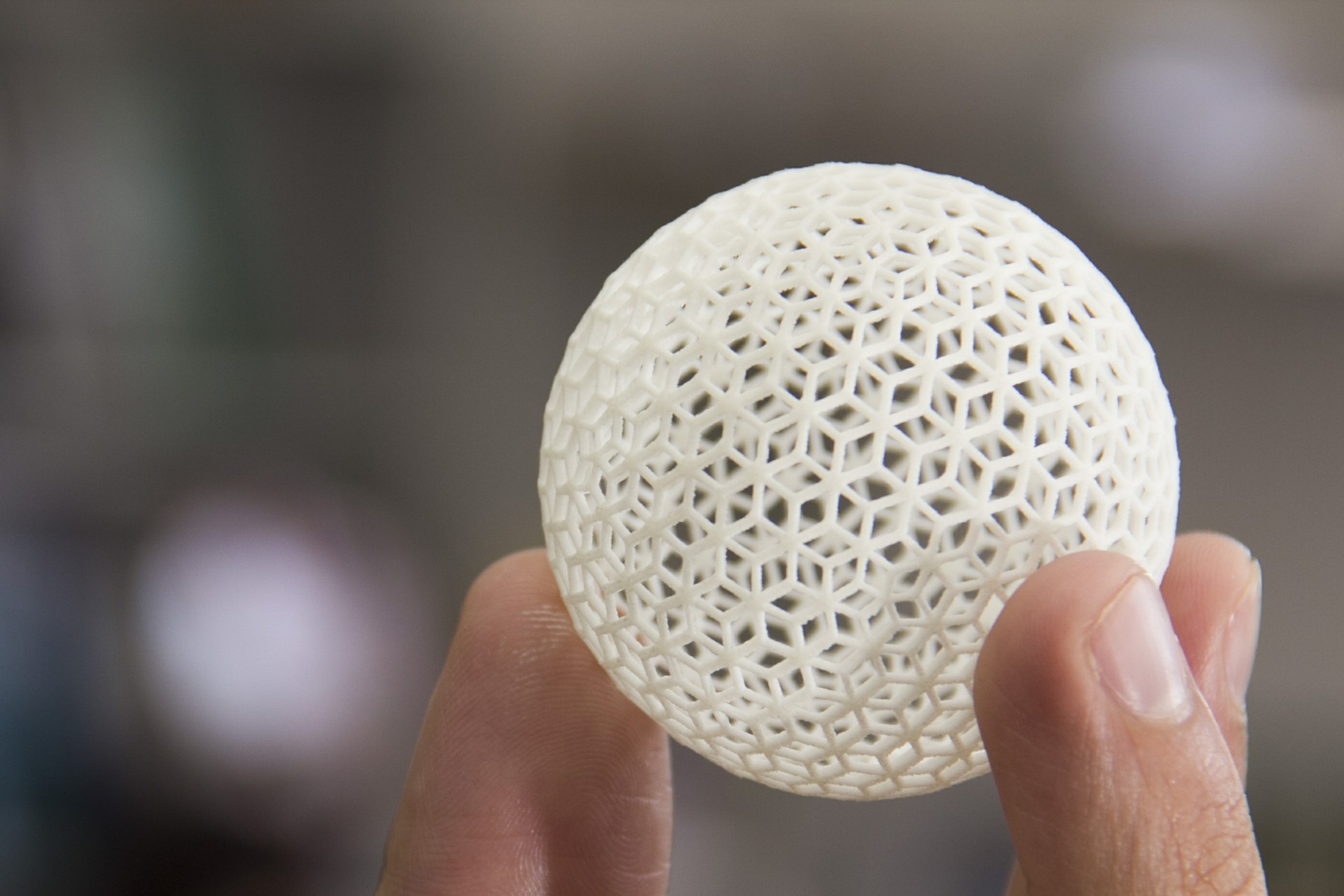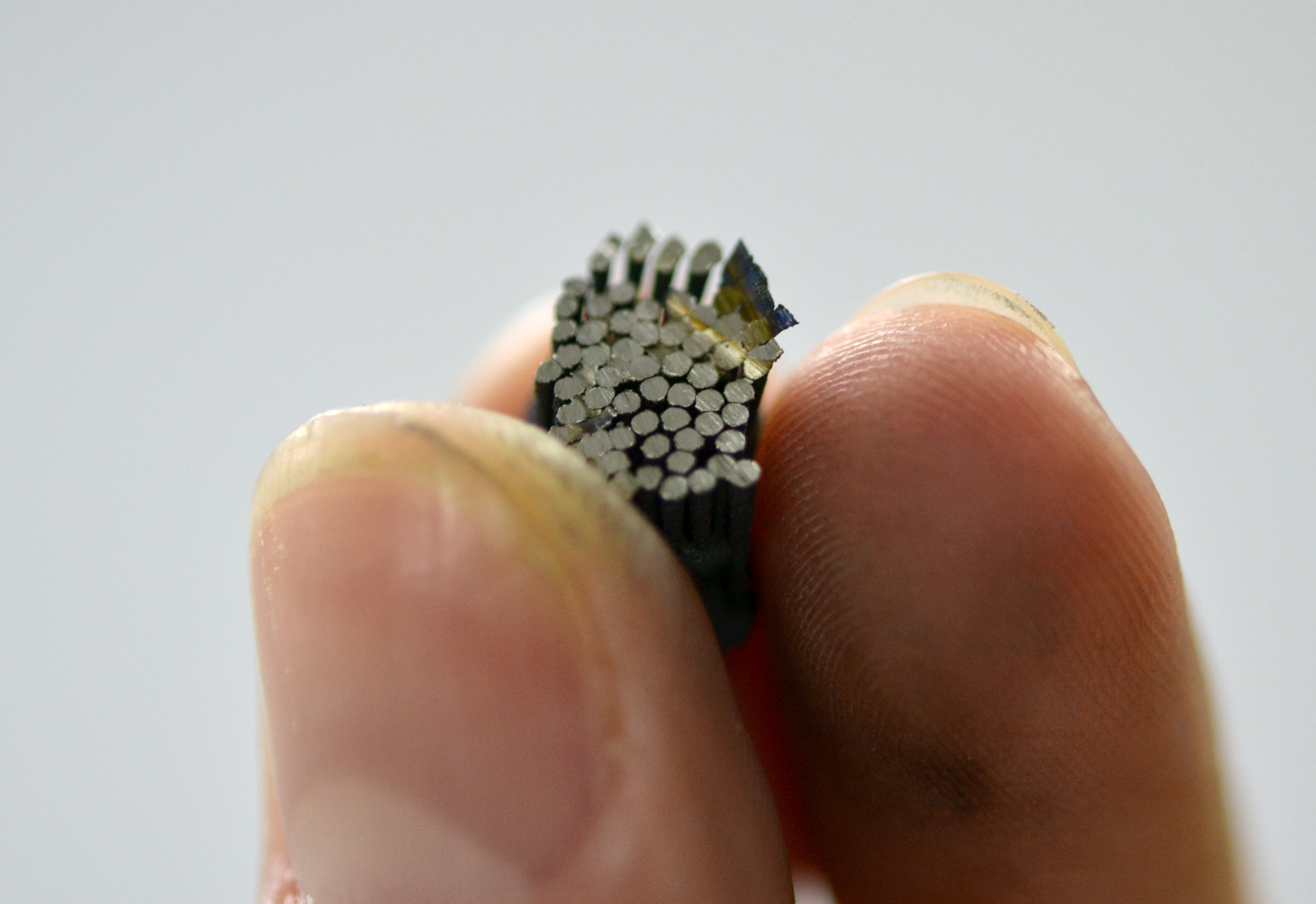Objects for 3D Printing
What Is 3D Printing?
3D printing is the term for all additive manufacturing processes in which a three-dimensional object is produced from a shapeless material without additional tools. All 3D printing processes are based on the principle of 3D models, which must be available as a CAD data set. These models are first divided into individual layers (“slices”), which are then applied successively by the 3D printer to the build platform and built up to the desired component.
Fused Deposition Modeling (FDM) printers have been gaining increasing popularity for several years and are now increasingly found in private homes. They can be used to make a wide range of individual products from key rings to lampshades. During this process, a strand of plastic (filament) is melted by an extruder and applied in layers under uniform pressure to a build platform.
Industrial 3D printing also processes plastics as well as metals and ceramics. A common method is selective laser sintering, in which a powdery material is applied thinly to a build platform with a squeegee or roller and melted by a laser at predefined coordinates. Afterwards, the platform lowers by exactly one layer of thickness, and the process starts over. Industrial 3D printers have the ability to produce objects that meet high technical and mechanical requirements. Functional prototypes or lightweight components are produced with the highest precision and can withstand high loads despite their low weight.
Areas of Application and Examples
Rapid Prototyping for Rapid Production-Ready Products
3D printing can significantly shorten the development time from the idea to the market-ready product (time-to-market). The first prototypes are designed in CAD programs and can be printed immediately. Weaknesses can be discovered, and improvements can be transferred directly to the model. This reduces waiting times in the development process and enables a smoother workflow.
Individual (Small) Series Production
3D printing is an interesting technology for industry 4.0 because the production process allows customized serial production of one or more objects at the same time. The procedure is always the same – only the CAD model needs to be adapted. This enables the consideration of specific customer requirements without additional production costs.
Rapid Tooling
Using 3D printing technology, complex tools and master models for injection molding or other tool-related processes are created directly in one production step. Here, various metals, such as tool steel, are used. Additive manufacturing allows the integration of functions such as cooling channels.
Medicine and Science
For medicine, 3D printing offers revolutionary possibilities, for example, in implantology or in the manufacture of prostheses. Medical ceramics are already used today to produce several individual dental implants in one step, which significantly reduces the per-piece production costs.
History of 3D Printing
Manufacturing prototypes quickly and directly from computer-generated data was the original idea of 3D printing. The first 3D printing process was developed by Charles “Chuck” Hull. He invented stereolithography and the STL file format in 1984. While, in his job at the time, he was coating surfaces with liquid photopolymers which cured under UV light, he came up with the idea of building up the material layer by layer into a model. In his spare time, he developed a computer program which, based on a data set, made it possible to control the UV light beam so that the production process could run fully-automatically.

